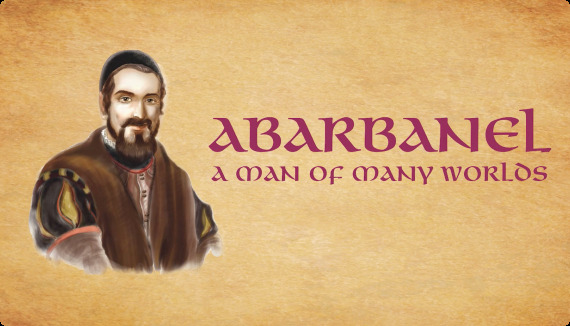It is interesting, at least to me, to note that in the review of the Jewish holidays of the calendar year that appears in this week's Torah reading, only the three festivals of Pesach, Succot and Shavuot are mentioned. Rosh Hashana and Yom Kippur are noticeable in their absence from this list of holidays. The obvious reason for their omission is that the commandment to go up to Jerusalem for the festivals did not somehow apply to these two great holy days.
The emphasis that appears in our parsha is as much about ascending to Jerusalem as it is about the ritual aspects of the holidays themselves. Apparently even though the ritual aspects of the holidays are binding the world over and were to be observed even when ascending to Jerusalem was no longer a possibility in the Jewish and general world – as was the case for the many centuries of our prolonged exile – nevertheless without Jerusalem the holiday is somehow somewhat lacking.
In contradistinction to Rosh Hashana and Yom Kippur, which are holy days but not necessarily festivals of joy and thanksgiving, the three other festivals of the Jewish year connected to agriculture in the Land of Israel are specifically holidays of celebration and happiness. And if there is one central theme regarding Jerusalem and all that it represents it is one of joyful appreciation. Jerusalem, even in its destruction and shambles, was still constantly described in terms of joy and beauty.
When the prophet wishes to describe the resurgence of the Jewish people and their return to the Land of Israel in great numbers, he describes that phenomenon as being “like the numbers of sheep that were in Jerusalem on its holidays.”
There were a number of large cities in the Land of Israel during both First and Second Temple times. Jerusalem was certainly one of those great cities. We do not know if it was the largest of all of the cities, population-wise, but once it was established by King David, it certainly was the most important of all cities in the country.
Though it was the seat of government and the capital city of Judah/Judea, it was always more than that. It was the living representation of the connection between Heaven and earth, between God and the Jewish people. As such, its spiritual component was always as important, if not even more so, than its actual physical layout and numbered population. As such, it was inseparable, once it was established, from the cycle of the Jewish year and from the three festivals that marked it.
This connection between the holidays of the Jewish calendar year and the city of Jerusalem continues even in our time. Thousands of Jews make it a point to leave their homes and travel from the far-flung corners of this world to come to Jerusalem and celebrate the festivals of the yearly calendar in the holy city. It is a testimony to the resilience and faith of the Jewish people, that we are able to see the physical Jerusalem rebuilt in our time. Slowly, the spiritual Jerusalem is also being created and that itself is a cause for rejoicing and thanksgiving.
Shabbat shalom
Rabbi Berel Wein



